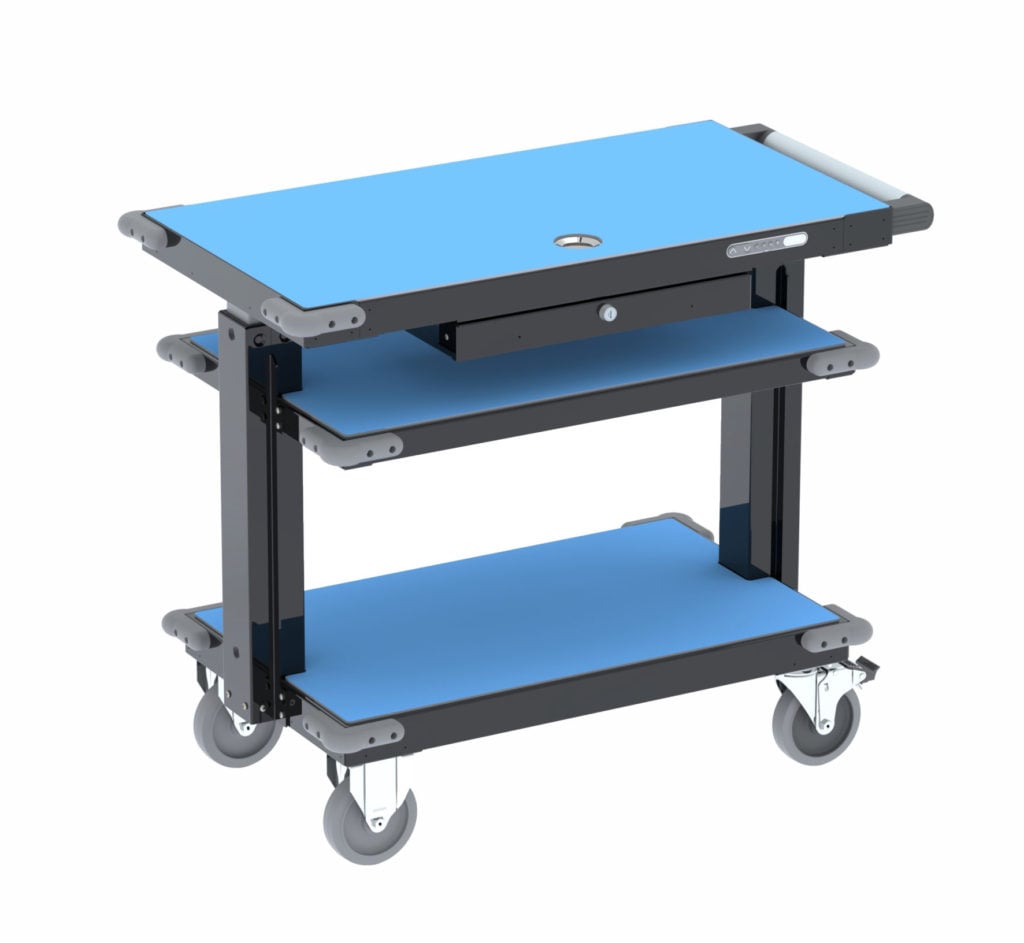What Is ESD & Why It Matters
Electrostatic discharge (ESD) refers to the sudden flow of electricity between objects with different charges—a mini lightning bolt—which can silently damage sensitive electronics like ICs, PCBs, and MOSFETs
To prevent such damage, manufacturers implement Electrostatic Protected Areas (EPAs)—controlled workspaces where grounding, humidity, and materials minimize static risks
Core Principles of ESD Control
According to the ESD Association, effective control programs follow six guiding principles
-
Identify ESD-sensitive items using HBM (Human Body Model) and CDM (Charged Device Model) thresholds
-
Design EPAs, clearly marked and incorporating ESD-safe surfaces, materials, and grounding systems
-
Minimize charge generation, e.g., replace charging materials and maintain humidity.
-
Dissipate/neutralize charges by grounding, using ionizers, conductive/dissipative materials, and ESD-safe tools
-
Protect products using static-safe packaging and controlled handling.
-
Establish programs for training, verification, audits, and continual improvement
Essential Materials & Equipment
Surfaces & Workstations
-
ESD work mats (rubber or vinyl, resistance ~10⁶–10⁹ Ω) and dissipative laminate tops prevent sudden discharge and maintain safe voltages
-
ESD workbenches combine grounded mats and dissipative tops to form safe assembly areas
Flooring & Seating
-
ESD-safe floor mats and chairs maintain grounding continuity for personnel.
Personnel Grounding
-
Wrist, ankle, and heel straps connect staff to ground, typically through a common-point ground
-
Adhere to standards like ANSI/ESD S6.1 and IEC 61340.
Clothing & Tools
-
Wear static-dissipative smocks, footwear, gloves; static-prone fabrics (e.g., wool or corduroy) should be avoided
-
Use ESD-safe tools and swabs with dissipative handles .
Packaging & Transport
-
Utilize anti-static bags, ESD foam, and conductive containers for safe transport/storage
-
Use ESD-rated carts, trolleys, and lift tables where needed
Workplace Environment Control
-
Maintain relative humidity between ~20–80 % RH to reduce static accumulation
-
Use ionizers to neutralize charges on insulative materials
Program Governance & Training
-
Establish an ESD Control Program Plan (per ANSI/ESD S20.20) covering training, audits, verification, grounding systems, labeling, packaging, etc.
-
Train staff before exposure and annually thereafter, with objective verification (e.g., quizzes, audits) .
-
Conduct regular audits to verify compliance and uncover improvement opportunities
Summary Table
| Area | Key Practices |
|---|---|
| EPA setup | Grounded mats, dissipative benches, foot straps, humidity control |
| Personal grounding | Wrist/ankle straps, grounded clothing, ESD footwear |
| Tooling and materials | ESD-safe tools, mats, containers, packaging |
| Procedures | Minimize charge sources, handle only in EPA, cover static-prone surfaces |
| Environment | Maintain 20–80% RH, use ionizers as needed |
| Program & training | Formal plan (ANSI/ESD S20.20), staff training & verification, continual audits |

